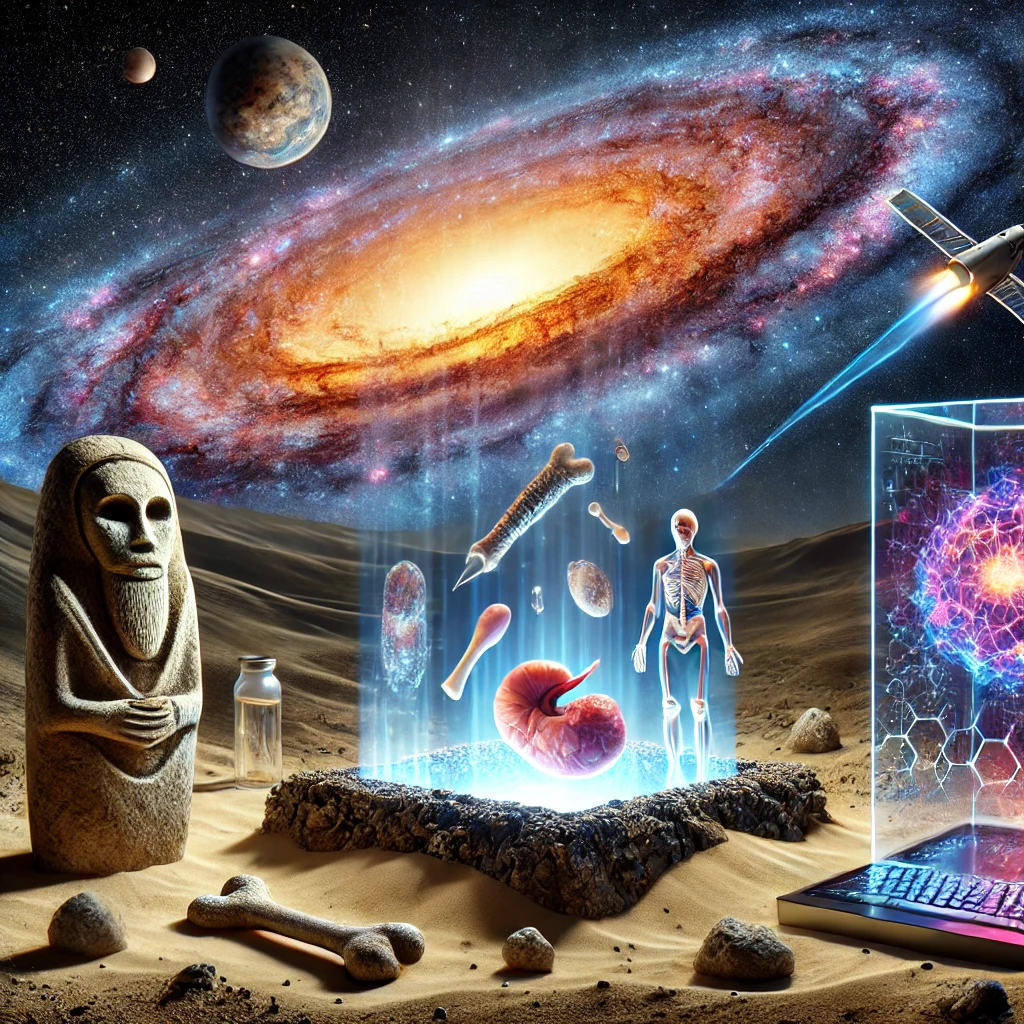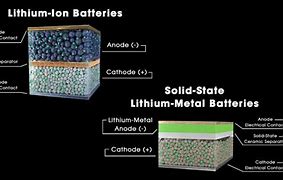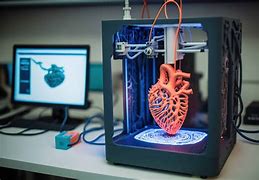

The Craziest Discoveries of 2025 (So Far): A 4000-Word Deep Dive
Introduction
2025 has proven to be a year of unparalleled breakthroughs across a spectrum of disciplines—from archaeology and cosmology to quantum computing and biotechnology. In this long-form exploration, we’ll unpack the top 10 discoveries of the year so far, understand their impact, and assess the potential ripple effects they may have on the future of humanity.
1. The 1.5 Million-Year-Old Bone Tools

What Was Discovered
In a groundbreaking archaeological find, researchers have uncovered 27 bone tools at Olduvai Gorge in Tanzania, dating back 1.5 million years. These tools, crafted from the bones of large mammals such as elephants and hippos, exhibit sophisticated shaping techniques previously unattributed to early human ancestors. This discovery pushes back the timeline of systematic bone tool production by over a million years, indicating advanced cognitive abilities and adaptability in early hominins.
Why It Matters
This pushes back the use of systematically shaped bone tools by over a million years, challenging the timeline of human cognitive evolution. It shows that our ancestors may have been more advanced in their use of tools than previously believed—long before Homo sapiens arrived on the scene.
Future Potential
Expect a re-evaluation of early hominin intelligence and tool use, potentially shifting how we define early human ancestors. Further excavations at the site could reveal more tools, perhaps even linking them to specific species like Homo habilis or Paranthropus.
2. The Subterranean ‘City’ Beneath the Pyramids of Giza
What Was Discovered
Italian and Scottish researchers have reportedly identified a vast complex beneath Egypt’s Pyramids of Giza using advanced radar technology. This subterranean ‘city,’ stretching approximately 6,500 feet below the surface, includes pillar-shaped formations, spiral pathways, and cube-shaped structures. If confirmed, this discovery could redefine our understanding of ancient Egyptian civilization and its architectural prowess.
Why It Matters
The discovery could dramatically alter our understanding of ancient Egyptian engineering, architecture, and possibly even spirituality. The intricate design—including cube-shaped rooms and spiraling passages—hints at a civilization capable of subterranean planning on a massive scale.
Future Potential
Further exploration might reveal ancient texts, royal tombs, or even new chambers related to lost dynasties. If verified, it could be the single most important archaeological discovery of the 21st century.
3. The Euclid Space Telescope’s Cosmic Treasure Trove

What Was Discovered
The European Space Agency’s Euclid mission has released its first set of data, capturing images of 26 million galaxies spanning 10 billion years of cosmic history. These observations provide invaluable insights into dark matter and dark energy, offering a more detailed understanding of the universe’s expansion and structure. The mission is expected to revolutionize cosmology and our comprehension of the cosmos.Euclid has captured detailed imagery of over 26 million galaxies, spanning up to 10 billion years of cosmic history. The telescope’s sharp imaging and infrared capability have made it one of the most important cosmological tools in human history.
Why It Matters
It’s the most expansive dataset ever collected to study dark matter and dark energy. Scientists now have unprecedented insight into the large-scale structure of the universe, galaxy formation, and the mysterious forces accelerating cosmic expansion.
Future Potential
We may finally get answers to fundamental questions like: What is dark energy? Is the universe truly infinite? Euclid’s data could feed into future artificial intelligence models that simulate cosmic evolution, helping us predict the universe’s fate.
4. Quantum Computing Breakthroughs

What Was Discovered
Tech giants such as IBM, Amazon, Microsoft, and Google have made significant strides in scaling quantum computers, bringing practical applications closer to reality. Quantum computing holds the potential to revolutionize various sectors, including logistics optimization, material science, drug discovery, and cryptography. However, alongside these advancements, concerns about security and ethical implications continue to be topics of discussion.
Why It Matters
This could revolutionize industries from pharmaceuticals to logistics, solving problems previously thought intractable. Complex protein folding, financial simulations, and climate modeling are now within reach.
Future Potential
Quantum AI could crack today’s encryption, create materials not found in nature, and help design medications that cure diseases currently labeled “incurable.” Global cybersecurity, for better or worse, is about to undergo massive disruption.
5. Signs of Weakening Dark Energy

What Was Discovered
Recent observations suggest that dark energy, the mysterious force driving the universe’s accelerated expansion, may be weakening. Data from the Dark Energy Spectroscopic Instrument (DESI) indicate that while the universe’s expansion continues, the rate of acceleration is decreasing. This finding challenges existing cosmological models and could have profound implications for our understanding of the universe’s ultimate fate.
Why It Matters
It challenges the “Lambda-CDM” model—the standard for modern cosmology—and suggests that the universe’s expansion rate might not be permanent. The Big Freeze might be averted.
Future Potential
Alternative theories, like cyclical universes or modified gravity, are gaining traction. We could be witnessing a paradigm shift in astrophysics akin to the Copernican Revolution.
6. Solid-State Battery Technology Advances

What Was Discovered
Innovations in solid-state batteries are propelling the development of more efficient and safer energy storage solutions. These advancements are particularly significant for electric vehicles, promising longer ranges and shorter charging times. Major automotive manufacturers are investing heavily in this technology, signaling a potential shift in the energy landscape.
Why It Matters
This technology will redefine the electric vehicle (EV) industry, offering batteries that last longer, charge faster, and are less prone to fire. It also has implications for renewable energy storage.
Future Potential
Imagine EVs with a 1,000-mile range, smartphones that last a week on a charge, and homes powered by efficient battery walls. Solid-state may also pave the way for electric aviation.
7. AI in Healthcare for Early Disease Detection

What Was Discovered
Artificial Intelligence is increasingly being integrated into healthcare systems to enhance early disease detection. Machine learning algorithms are now capable of analyzing medical images and patient data with remarkable accuracy, facilitating early diagnosis and personalized treatment plans. This integration is poised to improve patient outcomes and streamline healthcare processes.
Why It Matters
Early detection is the key to improving survival rates and lowering healthcare costs. AI removes human bias and can operate 24/7.
Future Potential
Predictive, preventive, personalized medicine (PPPM) could become the global standard. Entire hospitals may eventually run diagnostic floors powered primarily by AI.
8. CRISPR Gene Editing Expands

What Was Discovered
CRISPR gene-editing technology has reached new milestones, enabling precise modifications to genetic material. These advancements hold promise for treating genetic disorders, improving crop resilience, and combating diseases at the molecular level. Ongoing research continues to explore the vast potential and ethical considerations of this powerful tool.
Why It Matters
This could mark the end of hereditary diseases. We’re moving from treating symptoms to curing root causes.
Future Potential
“Designer babies,” genetic immunity to diseases, and possibly human enhancement are all on the horizon. However, this raises profound ethical and philosophical questions.
9. New Exoplanets in Habitable Zones

What Was Discovered
Astronomers have identified several exoplanets located within the habitable zones of their respective stars, where conditions may be suitable for liquid water and, potentially, life. These discoveries fuel the ongoing search for extraterrestrial life and deepen our understanding of planetary systems beyond our own..
Why It Matters
These are prime candidates in the search for alien life. SETI efforts have doubled down on targeting these systems for radio signals or technosignatures.
Future Potential
Humanity may soon find microbial life—or more. Future interstellar probes could target these exoplanets, and they might become the destination for long-term colonization projects.
10. 3D-Printed Functional Human Organ

What Was Discovered
In a monumental achievement for regenerative medicine, scientists have successfully 3D-printed a fully functional organ, marking a significant step forward in organ transplantation and bioengineering. This breakthrough offers hope for patients requiring organ transplants and opens new avenues for medical research and treatment options..
Why It Matters
This eliminates the need for donor lists and could dramatically reduce transplant rejections. Personalized organs based on a patient’s DNA are now within reach.
Future Potential
Entire organs or even body systems could be printed on demand. Combined with stem cell therapy, this might unlock radical human longevity.
The Road Ahead: What Might Be Next?
Continuing Trends
- Artificial General Intelligence (AGI): We’re inching closer to AGI, which may surpass human cognitive capabilities.
- Space Travel & Colonization: Expect progress in lunar bases, Mars colonization, and asteroid mining.
- Fusion Energy: Multiple private firms and public labs report breakthroughs—commercial fusion energy may emerge within the decade.
- Neural Interfaces: Brain-computer interfaces (like Neuralink) are moving from experimental to clinical.
What to Watch For
- Underwater Discoveries: The Mariana Trench and other deep-sea locations remain largely unexplored. Expect news soon.
- Ancient Civilizations: Lost cities in the Amazon, Sahara, and Siberia may be revealed using LIDAR and satellite archaeology.
- Human-Machine Symbiosis: Biotech implants, exoskeletons, and direct neural enhancement are gaining pace.
Conclusion
2025 is already proving to be a landmark year for discovery. These revelations not only change the way we understand the past and present—they redefine what’s possible in the future. With another half of the year ahead, we can only imagine what’s still waiting to be uncovered.
From ancient tools to the edge of the observable universe, from microscopic DNA tweaks to planet-sized possibilities—this is just the beginning.
